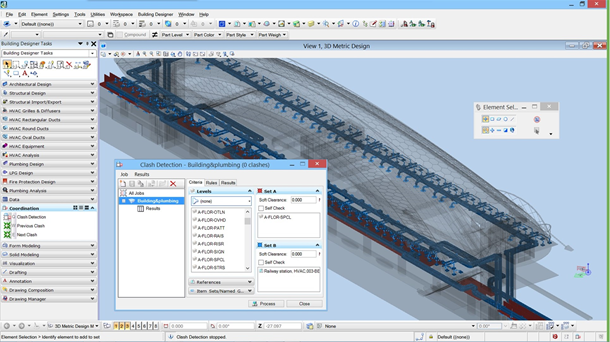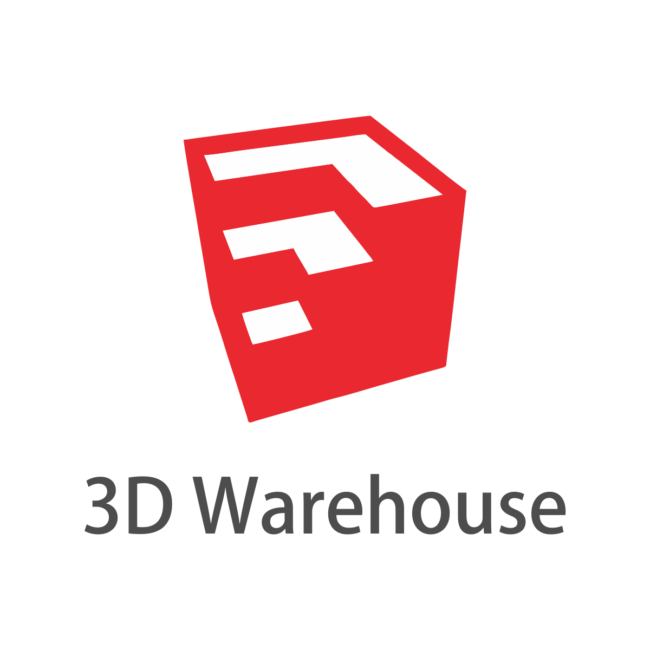
Problems that solves
Decentralized IT systems
Unstructured data
Separate communications channels
Lengthy production timelines
Shortage of information for decision making
Low speed of report generation
Insufficient risk management
Poor communication and coordination among staff
Values
Enhance Staff Productivity
Reduce Production Timelines
Ensure Security and Business Continuity
Manage Risks
Improve Product Quality
OpenBuildings Station Designer
Design, Analyze, Visualize, and Simulate Rail and Metro Stations
About Product
Description
Multi-Discipline Rail Station Design and Pedestrian Simulation
OpenBuildings Station Designer improves design quality by optimizing the functional space layout of the station building and the path of travel for the pedestrian. Design, analyze, visualize, and simulate rail and metro stations of any size, form, and complexity. Create pedestrian simulation scenarios to improve the quality of your station design and facility operations. OpenBuildings Station Designer provides building information modeling (BIM) advancements so you can deliver station design projects faster and with greater confidence in your design, workflow, capabilities, and deliverables. Effectively communicate design intent and eliminate barriers between building disciplines and geographically distributed teams. Multi-discipline: Increase collaboration among architects, mechanical, electrical, and structural engineers with a shared set of tools and workflows Interoperability: Integrate information you have from multiple formats and easily work on projects of any size Information-rich deliverables: Clearly communicate your design intent with reliable deliverables that you can easily customize Unrestrictive design environment: Model anything with total freedom from stations with simple to highly complex geometry and designs Building performance: Simulate station buildings and predict real-world performance of the asset quickly and with precision to explore various options for iterative refinementCapabilities
- Analyze building system performance
- Collaborate across multi-discipline teams
- Design mechanical, electrical and plumbing systems
- Design station building structures
- Design stations and facilities
Scheme of work














